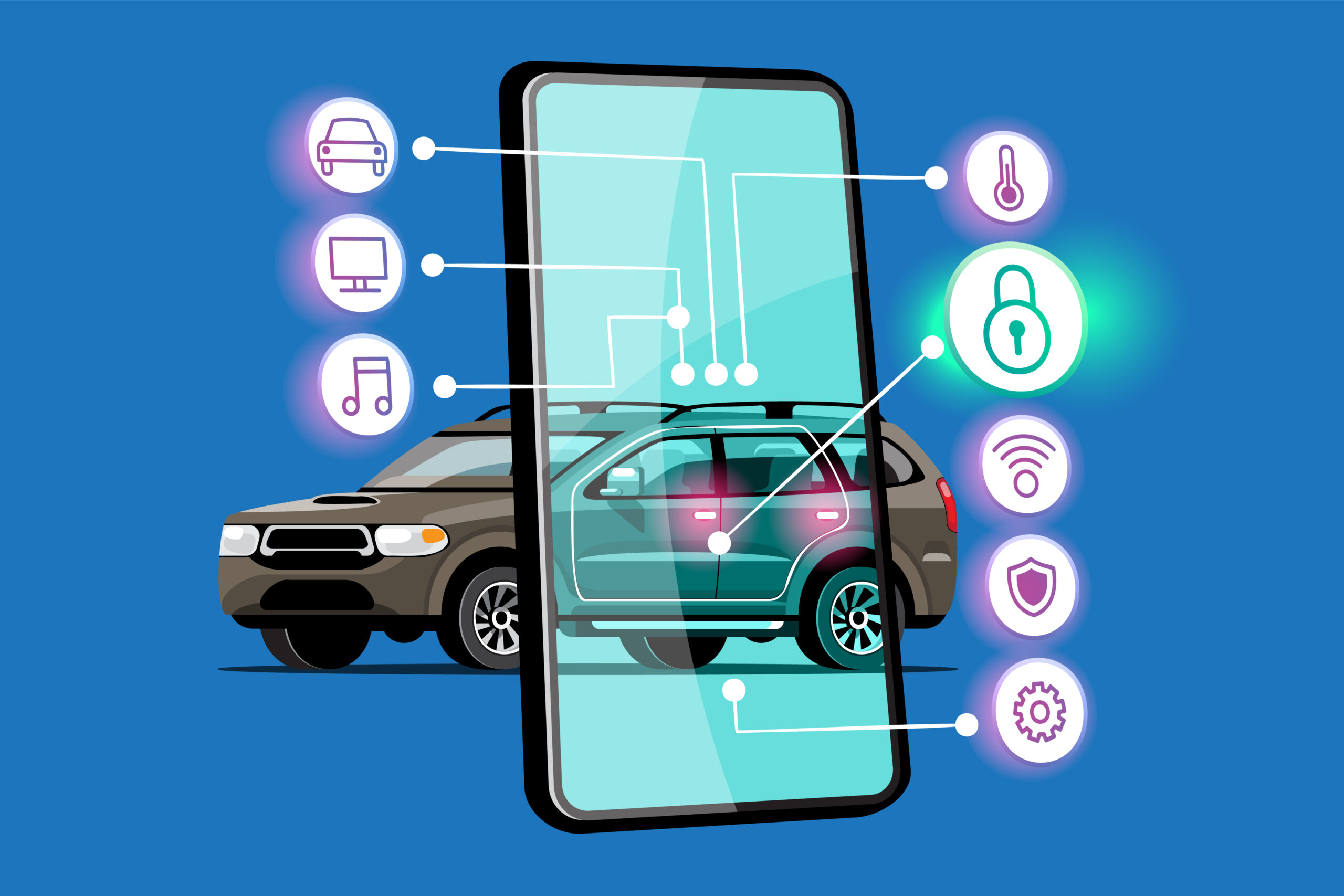BMW and IBM have come together to work on a cloud project that integrates BMW CarData Network with IBM cloud. According to the car manufacturer, this alliance will benefit millions of drivers, assisting with the diagnosis and repair of issues and allowing drivers to use third-party apps.
Like most car manufacturers, BMW is mobilizing its resources to develop cars of the future while at the same time tackling the challenges that are coming in the way. Energy consumption, onboard technologies, cloud connectivity and autonomous functionality, are some of the challenges. With its recent alliance with IBM cloud BMW is set to streamline its connectivity features.
BMW and IBM have teamed up to integrate the CarData network with the IBM Cloud, a strategic step that has an opportunity to revolutionize both the automotive and technology industries. This partnership heralds in a new era of connectedness and data-driven services for the car sector. Now let’s examine this alliance’s salient features and possible ramifications:
Connected car ecosystem:
Integrating BMW’s CarData network with IBM Cloud creates a connected car ecosystem. This enables seamless data integration, communication and analysis, opening countless possibilities for both BMW and its customers.
Data-driven insights:
This partnership will enable BMW to harness the power of IBM’s advanced analytics and cognitive computing capabilities. This provides data-driven insights that can be used to optimize vehicle performance, predictive maintenance, and personalized customer experiences.
Expansion of vehicle services:
This partnership provides BMW with the opportunity to expand its range of vehicle services. From proactive maintenance alerts to personalized in-car experiences, integration with IBM Cloud will enable BMW to offer customers a higher level of service.
Cybersecurity:
Integration with IBM Cloud can make cybersecurity a priority. Securing the data transmitted and stored in the connected car ecosystem is important, and collaborations can include robust security protocols to protect customer information.
Remote Software Update:
Alliance enables efficient remote software updates for BMW vehicles. This keeps your vehicle up to date with the latest features, security patches, and performance improvements without the need for a physical visit to a service center.
Telematics and autonomous driving:
This partnership lays the foundation for advances in telematics, allowing BMW to collect and analyze real-time data for a variety of purposes, including improving navigation systems and supporting the development of autonomous driving technology. Become.
Blockchain integration:
Blockchain technology can be integrated into data exchange frameworks, ensuring transparent and secure processing of data transactions. This increases trust between BMW, IBM and customers when handling sensitive vehicle-related information.
Scalability and flexibility:
Integration with IBM Cloud provides scalability and flexibility for BMW’s connected car services. This ensures that the system adapts to changing technical requirements and industry standards.
Edge Computing Opportunities:
This collaboration allows you to explore edge computing opportunities, optimize data processing, and bring analytics closer to the source. This reduces response times for in-vehicle services and reduces latency for data-driven applications.
Customer-centric innovation:
This integration will enable BMW to innovate with a customer-centric approach. By leveraging insights from connected cars, BMW can tailor services and features to the different needs and preferences of its customer base.
BMW will access the IBM Bluemix platform integrating its CarData network
The partnership will allow BMW to access the IBM Bluemix platform, which will enable it to exploit the Watson Internet of Things (IoT) capabilities. Through a ConnectedDrive, app drivers could easily share data with third-party service providers. Moreover, all the data sharing will be done with the driver’s consent.
BMW firmly believes that its CarData network offers enhanced security, transparency and more control over data sharing. Moreover, it allows car owners to enjoy efficient and customized services from third-party service providers.
A BMW spokesperson further explains that “BMW will integrate Bluemix with the data APIs from BMW CarData. This will enable third parties to develop new services on top of this by using the full catalog of 150 plus microservices in IBM Bluemix. This includes the Watson services which are available in Bluemix.
How will BMW owners take advantage of cloud connectivity?
Nearly eight million BMW cars are already equipped with the setup required to connect with the IBM Cloud. All vehicles include built-in SIM cards essential to exploit the system. In case a driver wants to utilize the system, he needs to register on the ConnectedDrive portal online. Once connected, car owners can decide to whom they want to share the data. On the other hand, service providers also have to register with CarData Network to receive data. However, they will only receive the data necessary to provide the offered services.
IBM is looking at these alliances as an opportunity to expand its service further. Incidentally, IBM will also act as a neutral server. It will allow IBM to collect car data from other manufacturers, thereby acting as a single point for multi-vendor integration.
Conclusion
BMW and IBM’s partnership is a big step toward an automotive future that becomes increasingly intelligent, connected, and customer-focused. The industry may expect advancements in automotive services, data analytics, and customer service when the company’s CarData network and the IBM Cloud integrate. This partnership represents a fascinating convergence of automotive expertise with cutting-edge cloud technology, highlighting the critical role that data will play in defining the future of mobility.As robotics is a critical component of the application stack, cybersecurity protection isconsidered of utmost importance.To protect delicate data as well as guarantee conformity, it will be necessary to set up strong security techniques within the automation layer.



